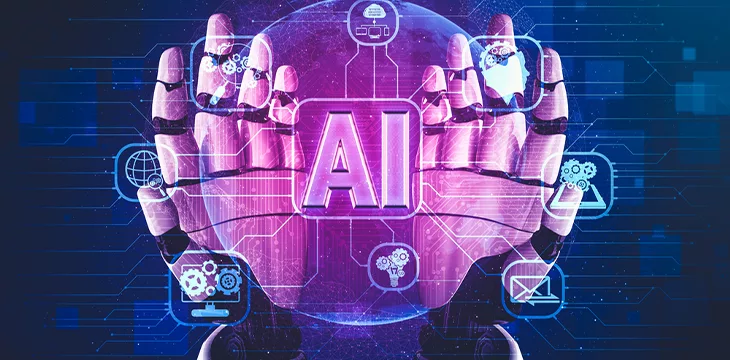|
Getting your Trinity Audio player ready...
|
A new study by the Bank for International Settlements (BIS) probing central banks’ application of artificial intelligence (AI) tools has warned banking regulators of inherent risks associated with the emerging technology.
The nine-page report titled “Artificial intelligence in central banking” tackles the use cases and risks of large language models (LLMs) to global central banks. Described as early adopters, central banks have been leaning on AI models for analysis before their thrust into the spotlight in late 2022.
In terms of utility, a majority of central banks rely on AI models for information collection, with the complexity of modern data rendering human effort almost obsolete. AI models are increasingly used for data sampling, cleaning, and matching information to existing sources as central banks use proven machine learning techniques for their operations.
Central banks are turning to AI-backed financial analysis to make decisions on monetary policy. Using neural networks and random forest models, central banks can access real-time data for inflation expectations and obtain feedback on the efficacy of monetary policy via scans of social media posts.
“Sifting through this wealth of information to extract relevant insights can be time-consuming and with the ever-increasing volume of data it becomes nearly insurmountable,” read the report.
Several banking regulators have been shown to use LLMs to summarize financial reports and news to track economic trends and interpret interviews with business executives and market experts. Central bank language models (CB-LM) designed by the BIS have successfully predicted reactions to announcements related to monetary policies.
Other use cases include the deployment of AI systems for the oversight and supervision of payment systems. AI systems have demonstrated proficiency in spotting irregular financial transactions, a key trend necessary to stifle money laundering and cyberattacks in their tracks.
The Central Bank of Brazil recently rolled out ADAM, a classification model that predicts borrowers who are likely to default on their loans to creditors. Other banking regulators are turning to AI systems to predict the behaviors of consumers in response to the launch of a central bank digital currency (CBDC).
Risks facing the central bank
With AI, there remain the inherent risks of outputs riddled with bias stemming from the data sets used to train the models. Generative AI models face an even grimmer hallucination problem, requiring human supervision to reduce the chances of errors.
In the short term, central banks will be mandated to splurge on equipping staff with new AI skill sets to enable them to apply AI systems in their workflow. However, central banks are forecast to face stiff competition from private financial firms for employees with advanced AI skill sets, given the disparity between private sector salaries and public institutions.
In order for artificial intelligence (AI) to work right within the law and thrive in the face of growing challenges, it needs to integrate an enterprise blockchain system that ensures data input quality and ownership—allowing it to keep data safe while also guaranteeing the immutability of data. Check out CoinGeek’s coverage on this emerging tech to learn more why Enterprise blockchain will be the backbone of AI.
Watch: Blockchain & AI unlock possibilities

 08-29-2025
08-29-2025 





